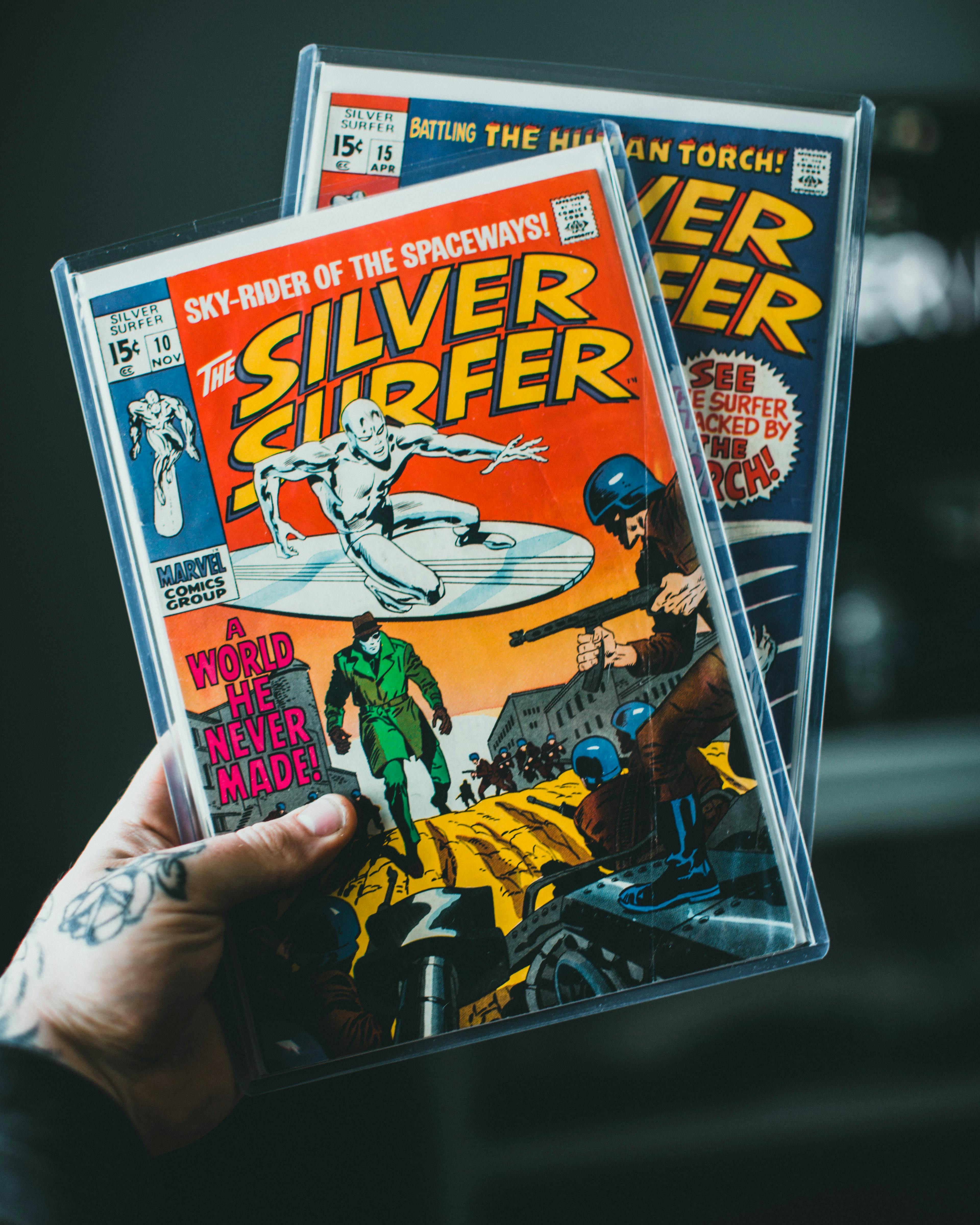Apply Now
Best 5 Ways to Create Punch Reactions in Comics
Comic book punches aren’t just about physical force. They represent character emotions, narrative dynamics, and visual storytelling at its best. Punch reactions are essential in capturing a moment's intensity, particularly in the superhero genre where action sequences abound. Understanding how to effectively create these reactions can greatly enhance comic art and storytelling, making your work more memorable and impactful. In this article, we will explore five essential ways to develop punch reactions that resonate with readers, from visual techniques to character expression.
1. Mastering Visual Impact Through Motion Lines
One of the most effective ways to convey a punch reaction in comic art is through the use of motion lines. These visual cues illustrate speed and direction, allowing readers to sense the energy flow of the action. By strategically placing motion lines around characters, artists can depict the force of a punch, enhancing the dynamics of fight scenes.
Utilizing bold lines can create a powerful visual rhythm within action panels, immediately drawing the audience's attention. Artists can experiment with the thickness and length of these lines to convey different intensities of an impact. Comic creators should also consider how the weight of these lines interacts with the surrounding artwork, enhancing the emotional stakes behind every punch.
For example, when Spider-Man delivers a powerful blow, the fluidity of motion lines can reflect his athletic movement and agility. This not only heightens the visual impact but engages the audience, making them feel the punch’s power.
2. Utilizing Color Contrast for Emotional Depth
Color plays a crucial role in visual storytelling, particularly in punch reactions where emotions run high. To create dramatic moments, contrasting colors can signal a shift in tone during action sequences. For instance, a character throwing a punch could be surrounded by vibrant, contrasting colors that showcase the gravity of the moment and the emotional turmoil involved.
Color contrast not only increases engagement but can be used to depict different genres and their conventions. For example, in superhero comics, punch reactions often employ bright, bold colors to highlight the intensity of battle, while more subdued colors might be used in graphic novels to convey emotional conflicts during physical confrontations.
Consider the context of character development — colors can represent their psychological states and relationships during fight scenes. For instance, a red punch effect can symbolize anger or urgency, while a cooler hue could indicate a more calculated response. This interplay of color enhances the visual narrative and provides readers a deeper understanding of character motivations.
3. Employing Impact Effects and Sound Effects
Impact effects, such as "POW!" or "BAM!" are classic techniques in comic storytelling that visually represent the force of a punch. These sound effects should be thoughtfully integrated with the artwork to create a coherent action sequence. The style and placement of these effects can provide pacing and rhythm, important aspects of visual storytelling.
Comic creators can engage reader psychology by aligning sound effects with body language, allowing for a more immersive experience. For example, a larger font size for sound effects during a powerful punch can evoke a visceral reaction, amplifying the moment's significance.
Diverse artistic techniques can be applied when designing these effects, from playful typography that mirrors a lighthearted tone to bold, jagged lettering that indicates intensity and violence. This understanding enhances the clarity of fight scenes, helping convey narrative tension through visual cues.
4. Depicting Body Language for Character Expression
Character expression in reaction to a punch is critical to conveying emotional depth. The subtle nuances of body language can enhance readers’ immersion into the action, emphasizing mental states. A character's stance, facial expressions, and gestures all contribute to a punch's impact.
In creating punch reactions, artists should focus on how a character's posture may shift before and after the blow. Tension in muscles, clenched fists, or a determined glare can all relate to a character's intent before striking. Portraying the natural arc of their movement can introduce a sense of weight and realism.
Moreover, the aftermath of a punch, whether it's a look of shock, pain, or triumph, can significantly deepen the emotional response for readers. These factors become vital for character arcs, highlighting moments of vulnerability or resilience in comic storytelling.
5. Integrating Panel Dynamics for Narrative Flow
The composition and arrangement of comic panels greatly affect how punch reactions are perceived. Properly designed panel transitions can create seamless storytelling that enhances action sequences. Taking advantage of varied panel sizes—such as a large splash panel for a climactic punch—can effectively capture the reader's attention and underscore dramatic tension.
Panel dynamics also involve pacing; varying the speed at which punch reactions are presented can draw the audience into the frantic pace of a fight scene. For instance, a series of quick, successive panels showing the build-up to a punch can heighten anticipation, while a single, larger panel displaying the impact can create a moment of shock.
By carefully considering the layout and flow of panels, comic creators can implement all the preceding techniques, resulting in an emotionally engaging experience that resonates with readers and immerses them fully in the narrative.
Conclusion
Creating impactful punch reactions in comics relies on a blend of visual techniques, character expression, and narrative dynamics. By mastering motion lines, leveraging color contrasts, integrating sound effects, emphasizing body language, and refining panel dynamics, comic artists can enhance the emotional depth of their storytelling. These elements contribute to iconic moments in comic book history while ensuring reader engagement and immersion.
The art of creating punch reactions is not merely about the act of hitting—it's about conveying the complexity of emotions and stories behind each blow, echoing the essence of graphic novels and comic art as a profound method of narrative expression. Whether you're developing superhero narratives or exploring profound emotional conflicts, these techniques will invigorate your storytelling approach, ultimately leaving a lasting impact on your audience.

